
The Blockchain here, the Blockchain there, there are many articles we see passing on the "canvas" that mentions this new tool. But, do you really know what this is? Have you understood all the ins and outs of this technology that seems at first, revolutionary?
If I try to simplify everything, the Blockchain consists of 3 essential principles:
- A database
- A mining system
- Support for Smart Contracts
Indeed, the Blockchain is a database but decentralized! Here would be my simplified description of it: It is a very large notebook, which everyone can read freely and for free, on which everyone can write but which is impossible to erase and indestructible. The Blockchain is made of blocks of information, which we align in a "big notebook" that we call a chain.

The Blockchain works through a mining system. To ensure that what is written in the database is true, it uses "minors". These miners use the computing power of their computers to authenticate information in an information block. To do this, they solve complex equations. Once "mined", the validated block can then line up after the others in the database. Thus, everything written on the Blockchain is unquestionably true.
Namely, the network remunerates each minor who succeeds in authenticating information.
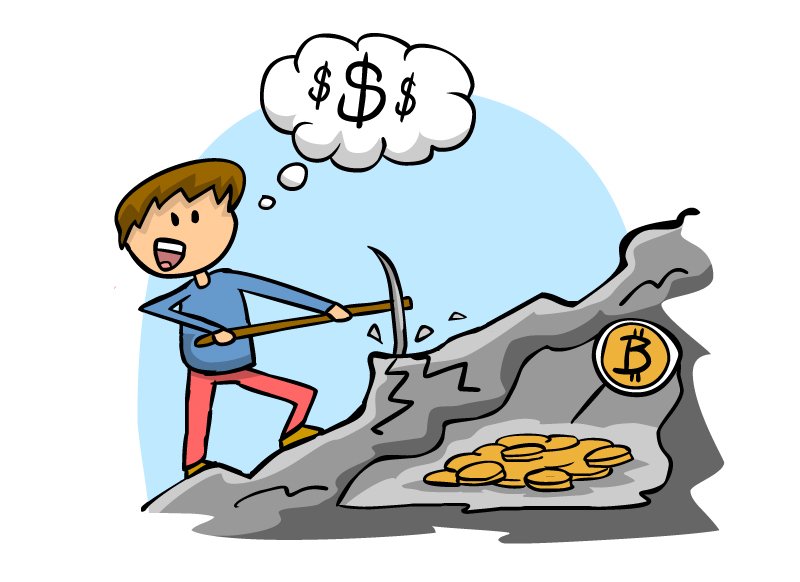
The Blockchain is a support for Smart Contracts. A Smart Contract is a program that runs when its validity conditions are met.
For the Blockchain, if the information meets the conditions of the contract; then the contract can be executed. It is a calculation that triggers an action if and only if the conditions are met. This system closely links IF and THEN. Thanks to the minors, we know that the information is not rigged and that it is true. The contractual process no longer needs control and is carried out completely autonomously and automatically. The Blockchain's interest lies in this point: the drafting of automated contracts.
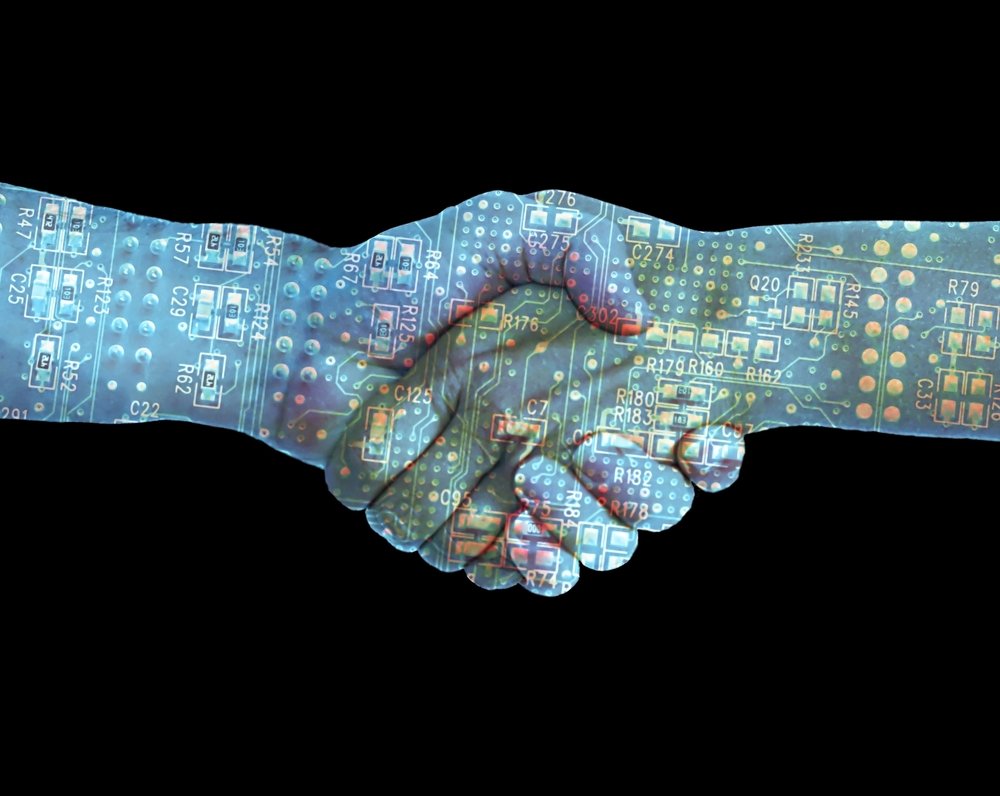
I would like to make the comparison of the blockchain, with drones.
I can already hear you say: why an article on the Blockchain, what is the relationship with drones? It comes, you can imagine, that the use of the drone in a Blockchain process has its place.
The drone can act as a warning light to trigger the Smart Contracts. It will replace a human and this, in a totally impartial way. Indeed, the drone using different sensors can detect auditory information, meteorological information, detect people ... The drone serves as a system of data collection and constitutes a base that enriches the Big Data ever more. In this type of example the drone replaces a source in which we do not totally trust.
For example, we could imagine that online betting sites no longer use an expert or an agent in the field to get the information of type: red card or goal in a match. But they could use a drone to detect and send this information. Once the information is received, the pre-set Smarts Contracts will be triggered if the conditions are validated. We could thus automate many actions in a completely autonomous way. And above all, it is impossible to defraud as all information is verified.
The use of a drone is often confronted with fears emanating from the general public. The latter are more or less debatable, in particular the fear of overloading the airways and consequently collisions and accidents, but also the issue of cybersecurity as well as the invasion of privacy. Drones can fly over people and property and interfere with the operation of large aircraft. They could possibly carry weapons or hazardous materials in critical locations. They can also, by extrapolating, help computer piracy.

Fortunately, legislation is gradually strengthening. This is particularly the case in the United States, which has adopted clear legal governance for drone operations and new regulations at the end of June 2016. These regulations provide instructions on the size, speed, altitude, the record…
But how can we ensure that these regulations are respected and that drones are operated in an appropriate and secure manner? It is at this precise moment that the Blockchain intervenes!
The Blockchain can help regularize and control the use of drones. This technology stores a lot of information about the airspace, the drone and its operator and distributes it to all stakeholders. Air space is multidimensional and complicated to manage. But the Blockchain, augmented by other technologies, could help to regulate traffic and relieve air congestion if necessary. For example, the GPS of the drone can receive the locations of other drones, directly by them or by drone controllers on the ground and allow fluidity in the sky.
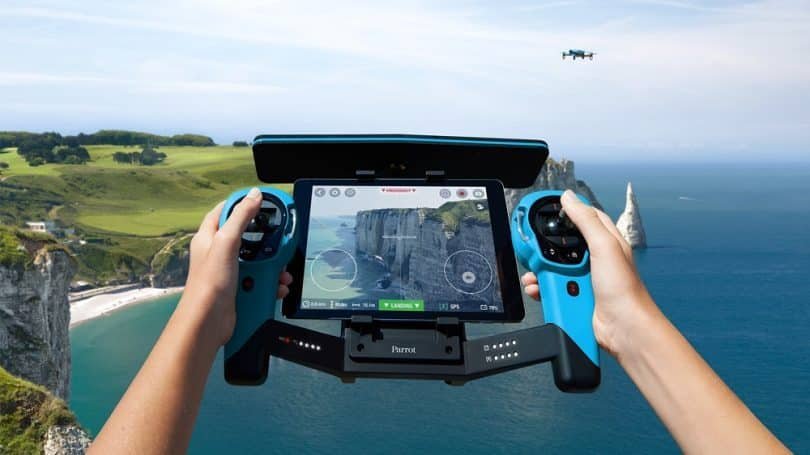
We can also imagine that drones deliver directly a material goods following a transaction between two people. A smart contract would trigger delivery and no intermediaries would intervene. For example, Chronicled, in San Francisco, pushes this idea to the maximum by assigning a digital wallet to the drone so that it can send and receive micro payments . For example, the drone could make a payment to access a landing strip equipped with a battery charging station and continue its deliveries without human intervention.
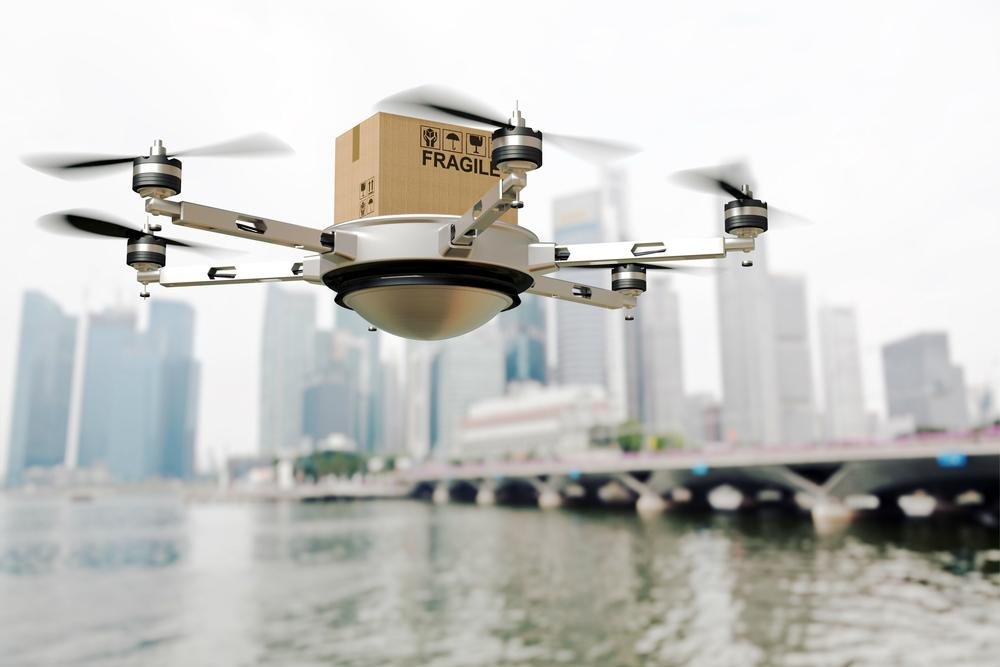
The Blockchain has never yet been in interaction with a dynamic physical object but this world of automation, AI-based verification and the Internet: things happen. On this technological landscape, the Blockchain shows its importance: So far, our relationship with the things we possess somewhat reminded one parent and one infant. Things are cute , we adore them, but they lack identity and they are powerless. But the blockchain can change that, allowing one to earn a living, with a secure identity, portfolio and reputation, all the precursors of things that can self-authenticate, cooperate and treat without human help.
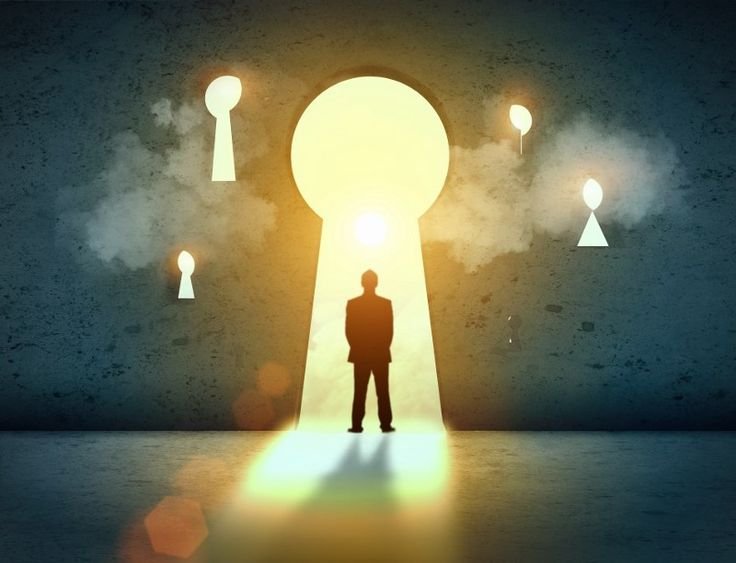
Finally here are the questions we could ask:
Technology has gone beyond us? Is it more reliable than human beings? And do you think we can trust it?
